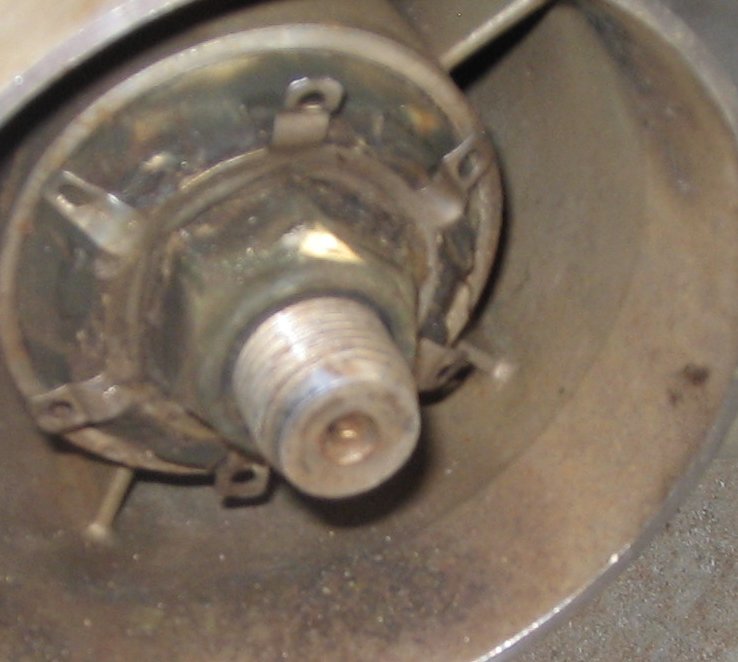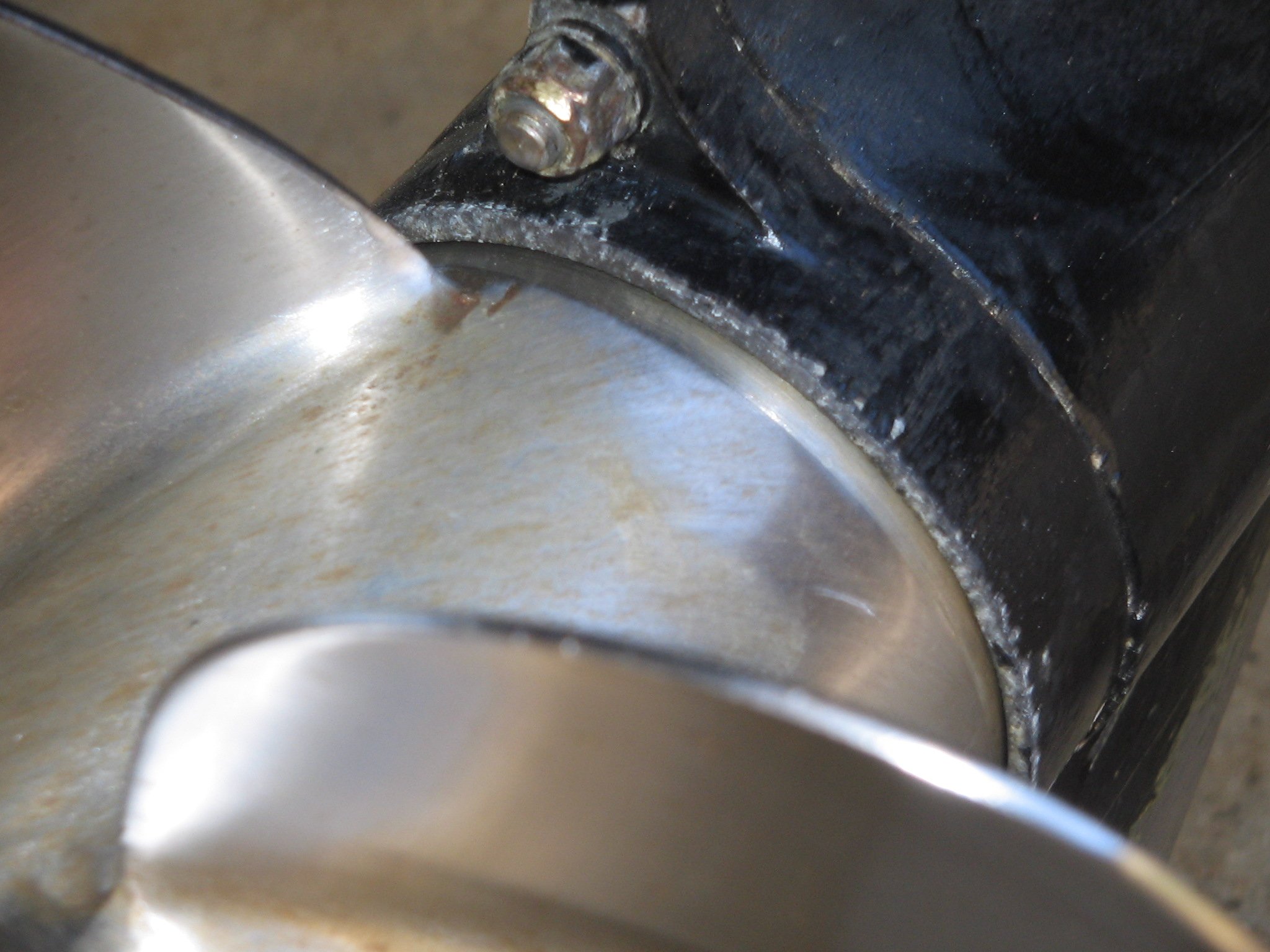#12
Post
by badmoonrising » Wed Feb 09, 2011 8:42 pm
CONSIDERATIONS FOR BOAT PROTECTION
GALVANIC CORROSION
When two or more dissimilar metals are in contact with each other and immersed in an electrolyte(a liquid that can conduct electricity),the more active metal electrically(less noble) will sacrifice itself by electron flow from the more negatively charged metal(the anode) to the more positively charged metal(the cathode).Hence,for protection of metal fittings on boats as well as hulls and drive units, a comprehensive plan of protection needs to be employed.
By utilizing sacrificial anodes,these components will be protected because they are not corroding themselves with the loss of material as is the anode.
For example,on a steel hulled boat with brass fittings submerged underwater,the two metals provide the anode(steel) and cathode(brass).The water completes the circuit just like a battery.In this arrangement,the steel will deteriorate as it is less noble than the brass.To protect both metals, a third metal is introduced that is less noble than the other two.The metals widely used for this cathodic protection are zinc,aluminum and magnesium.Each element has characteristics that make them suitable for certain applications.
Factors that affect galvanic corrosion are the salinity of water, the pollutants present, the water flow rate, cavitation, oxygen content, temperature, etc.
Anodes are supplied in varying weights and sizes.The surface area determines the amperage(current), which
governs the amount of protection, and the weight determines the service life of the anode..
As mentioned before,a metal that is more active electrically is less noble.On the Noble Scale these are the approximate negative voltages from Least to Most Noble:(referenced with a silver/silver chloride half cell)
MILLIVOLTS METAL OR ALLOY
1580 Magnesium
1100 Aluminum(with Indium)
* 1050 Zinc
* 860 Cadmium
* 790 Mild Steel
750 Aluminum Stern Drive
* 500 Tin
* 450 Naval Brass
* 340 Copper
* 240 Lead
* 80 Silver
* 0 Gold
----------------------------------------------------------------------------------------------------------------------
Aluminum 750, Naval brass 450...so the aluminum becomes the anode. Brass looks great, aluminum corrodes severely. That, coupled with lack of touching up chipped paint makes your several year old drive look worse than my 11 (whoops 12 this season) year old drive.
Judging from your disdain for routine maintenance I seriously doubt you even change your anodes either.
Ed, Cheryl, Ethan and Aspen.
2013 Sun Tracker Party Barge 22 w/90 HP Mercury, "Hellrhighwater 2"
2014 E-350 Extended XLT.
Chesapeake City ,MD





